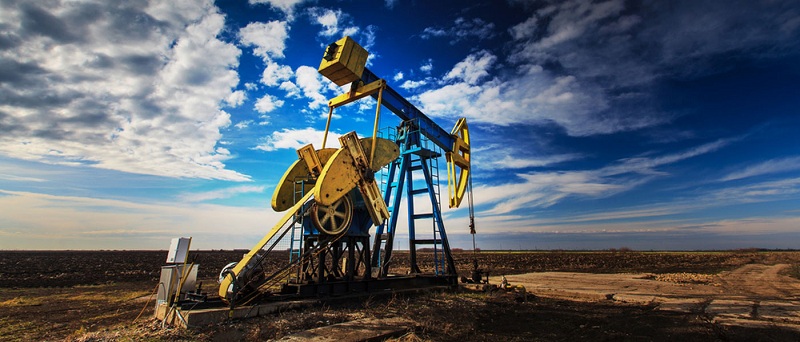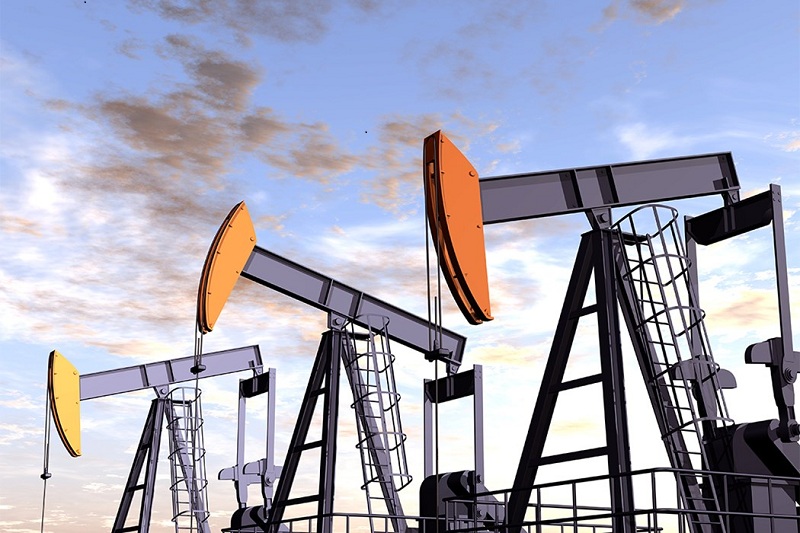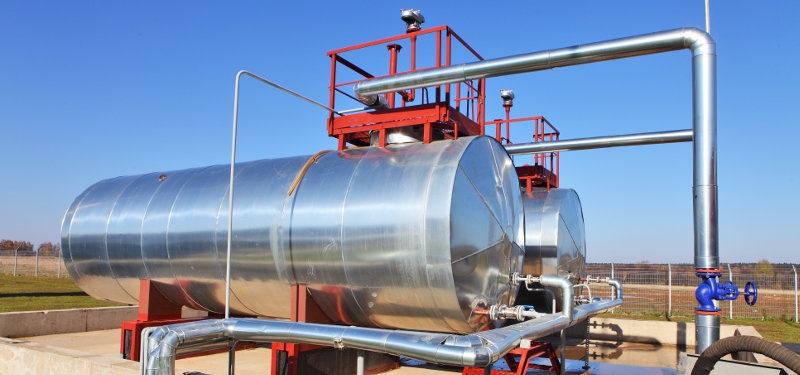
1. Introduction to Petrochemical Industry
The petrochemical industry is the pillar industry of the national economy. It is mainly engaged in the exploration, development, production, pipeline transportation, refining, chemical and marketing of crude oil and natural gas. Processed products include: diesel, kerosene, gasoline, asphalt, paraffin, sulfur (by-product of natural gas), plastics, rubber, fibers, chemicals, and more.
The analysis of stainless steel in the petrochemical industry is mainly the analysis of petrochemical equipment. Petrochemical equipment refers to the general term for equipment used in a series of processes from oil drilling to transportation to processing into chemical products. It mainly includes static equipment including tower equipment, heat exchangers, reactors, storage tanks and various shell-mounted equipment, as well as dynamic equipment for conveying media.
In petrochemical equipment, stainless steel is mainly used: stainless steel plates for storage tanks and heat exchanger shells; stainless steel composite plates for reactors and tower shells; furnace tubes, material conveying, heat exchanger tubes stainless steel seamless pipes; stainless steel forgings, stainless steel tower internals, etc.

2. Demand for Stainless Steel in Petrochemical Industry
The demand for stainless steel in the petrochemical industry can be roughly divided into four aspects, namely corrosion resistance, low temperature resistance, high temperature resistance, and high strength. SS304 and SS316 materials are commonly used in general corrosive environments and clean environments; SS2205 and SS2507 materials are commonly used in pitting and crevice corrosion environments; SS304 and SS304L are commonly used in low-temperature environments; SS304H is commonly used in high-temperature environments; SS304L and SS316L materials are commonly used in carbon dioxide corrosive environments; SS321H and SS347H materials are commonly used in high-temperature hydrogen and hydrogen sulfide environments.The stainless steel materials used in the petrochemical industry are generally mainly austenitic stainless steel SS304, and some use SS321 and SS316L.
Parts used for stainless steel: Mainly used in the construction of polymer storage tanks, pipes, pipe fittings, heat exchanger shells. In addition, part of the reactor column internals use SS316L, TP347, etc., with a thickness of 2-6 mm. For liquid vehicles (train tank cars) that transport glacial acetic acid, SS304 and SS316 steel plates are generally used, and SS316L is generally used for urea plants. Also used some SS317L material on the pipes.

3. Stainless steel consumption and growth trend in petrochemical industry
According to industry research, China's petrochemical industry will use 2.2 million to 2.5 million tons of steel in 2021, with an average annual growth rate of about 8% in recent years. At present, domestic stainless steel is not widely used in the petrochemical field, mainly because domestic enterprises have not yet formed a standard system to meet the needs of my country's petrochemical development; plates, pipes, forgings, and welding materials are not matched, and stainless steel pipe production group spacing is not matched; the petrochemical industry needs medium-thick wide-plate, large-diameter, thick-walled steel pipe production capacity is very limited; stainless steel The quality of pipe products is unstable; the research and development and production of new varieties cannot meet the development of the petrochemical industry.
In 2021, stainless steel used in the petrochemical industry will only account for about 9% of the annual consumption of stainless steel. Domestic stainless steel is not widely used in the petrochemical field. The overall market share is small. With the rapid growth of the demand for petroleum and petrochemical products driven by the development of the world economy, the exploration and development of oil and gas fields in China will be further strengthened in the future. In the petrochemical industry, the scale of petrochemical plants will be large. This series of favorable policies will surely increase the demand for stainless steel products in the petrochemical industry.

4. the prospect of the petrochemical industry
In modern society, oil and food are indispensable strategic materials for a country. As a major oil importer, China's total oil imports began to decline since this year. Affected by the international economic situation, international crude oil prices continued to grow. The main producers of crude oil: the United States, Russia, and Saudi Arabia. The United States was affected by the epidemic, and Russia was affected by the war, and crude oil production fell. China needs to develop its own crude oil industry. Although the development of new energy (wind, hydro, solar photovoltaic, nuclear) has been emphasized in recent years, oil is still the most important energy source.
What is Stainless Steel Corrugated Board?
2021-07-21Stainless Steel Water Pipes: Mainstream Trend for Home Improvement Water Pipes!
2020-11-24Talking about the reason of transformer core grounding
2023-09-04Debugging method of stainless steel thick plate
2021-09-07304 polished stainless steel pipe and 304 brushed stainless steel pipe
2021-08-25Why and how do the stator and rotor "roll"?
2024-03-16






